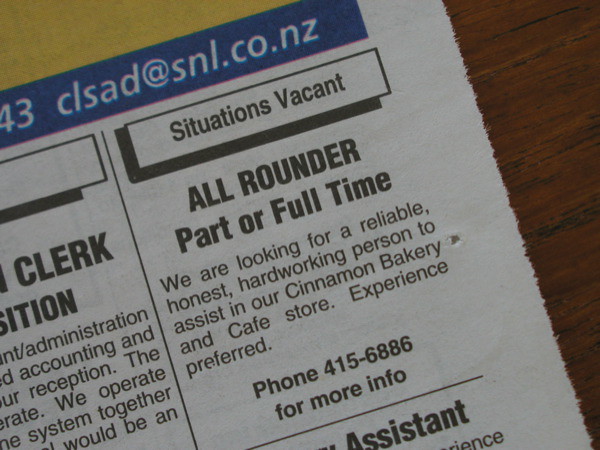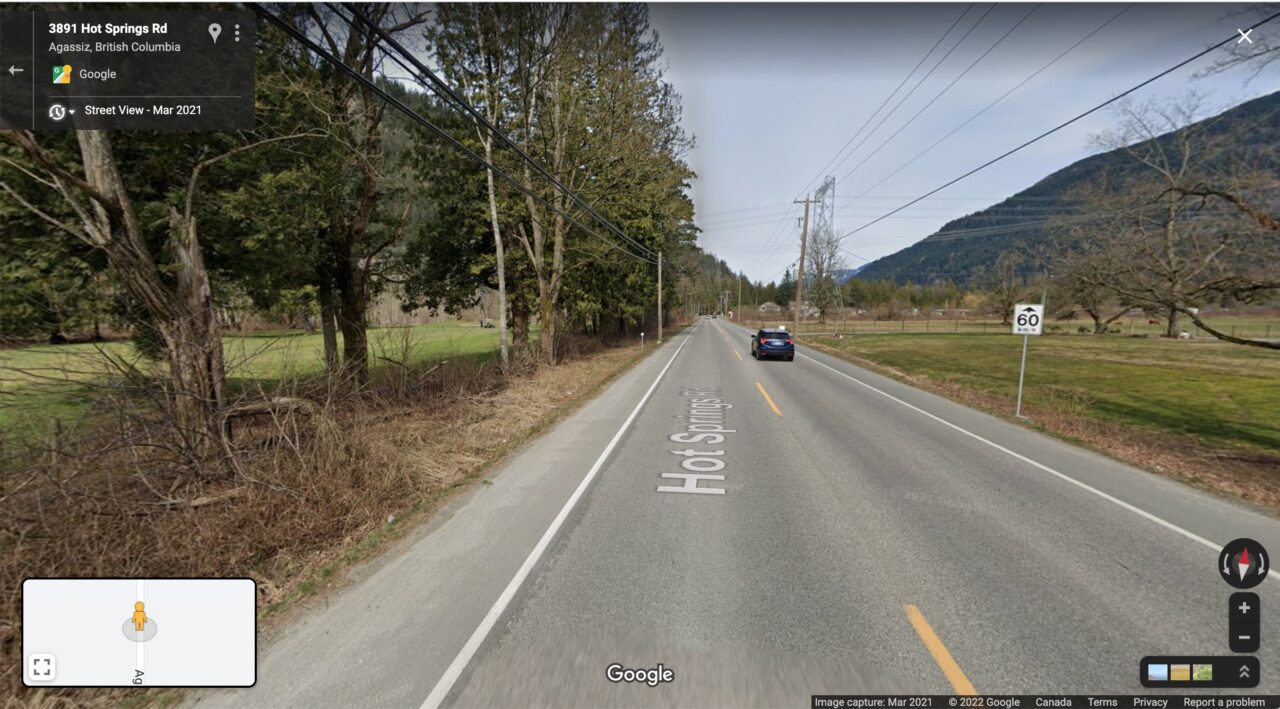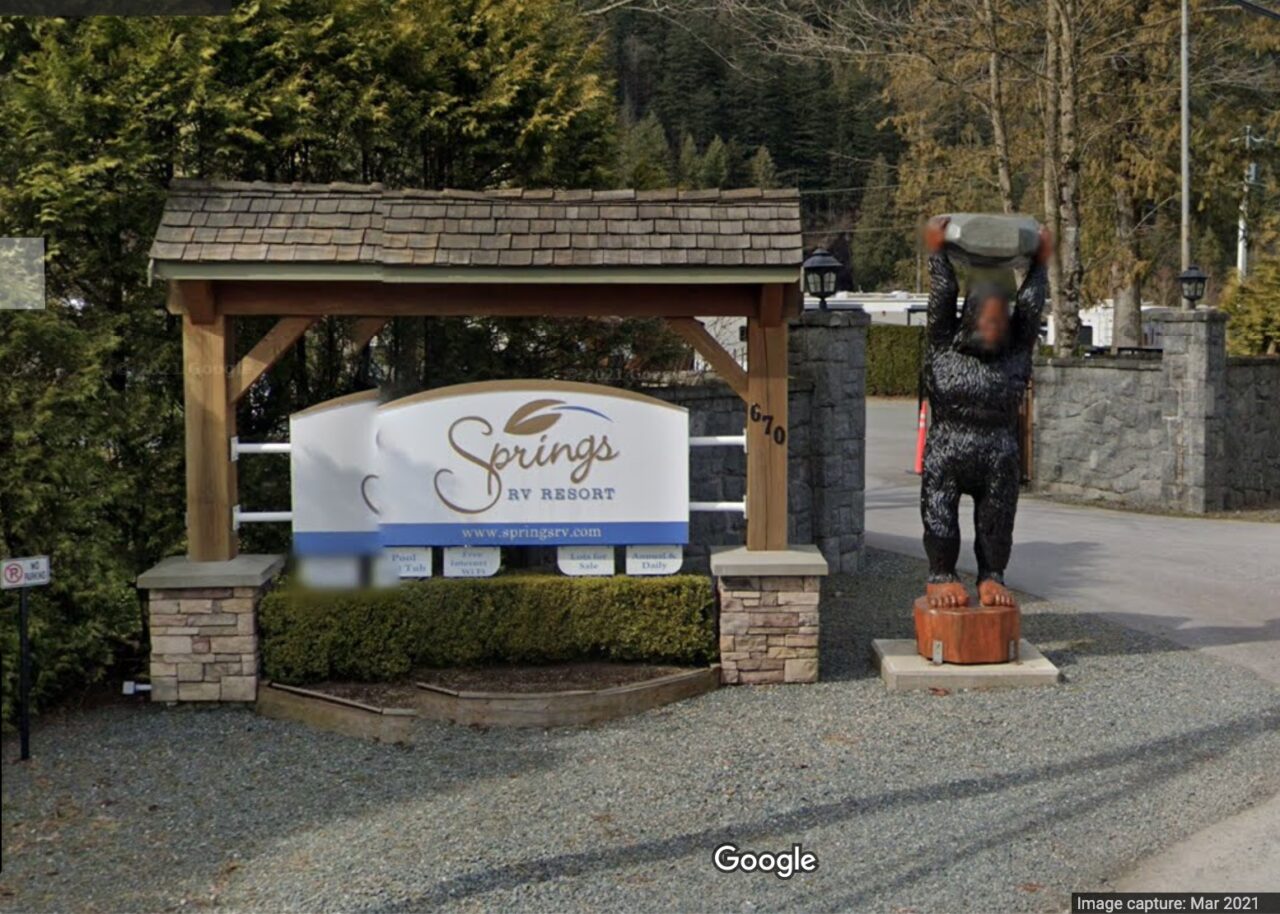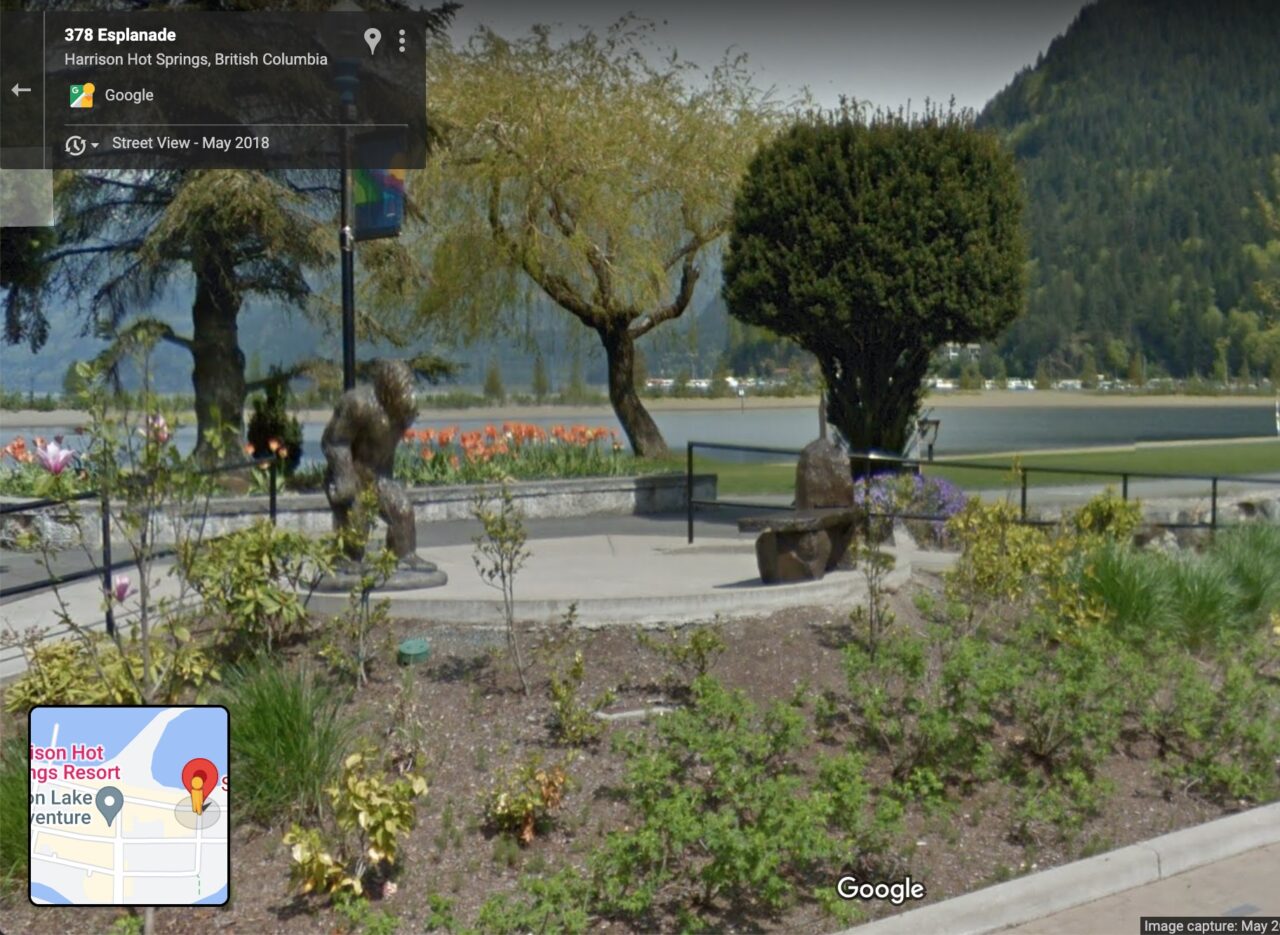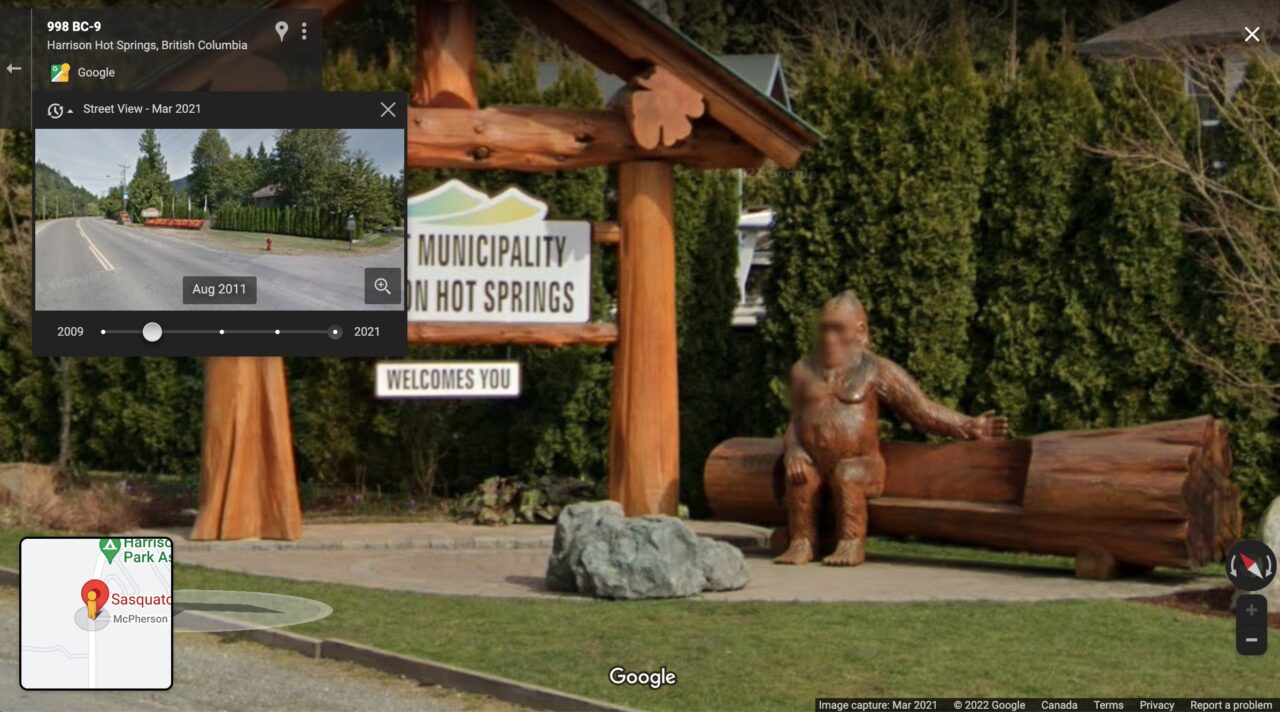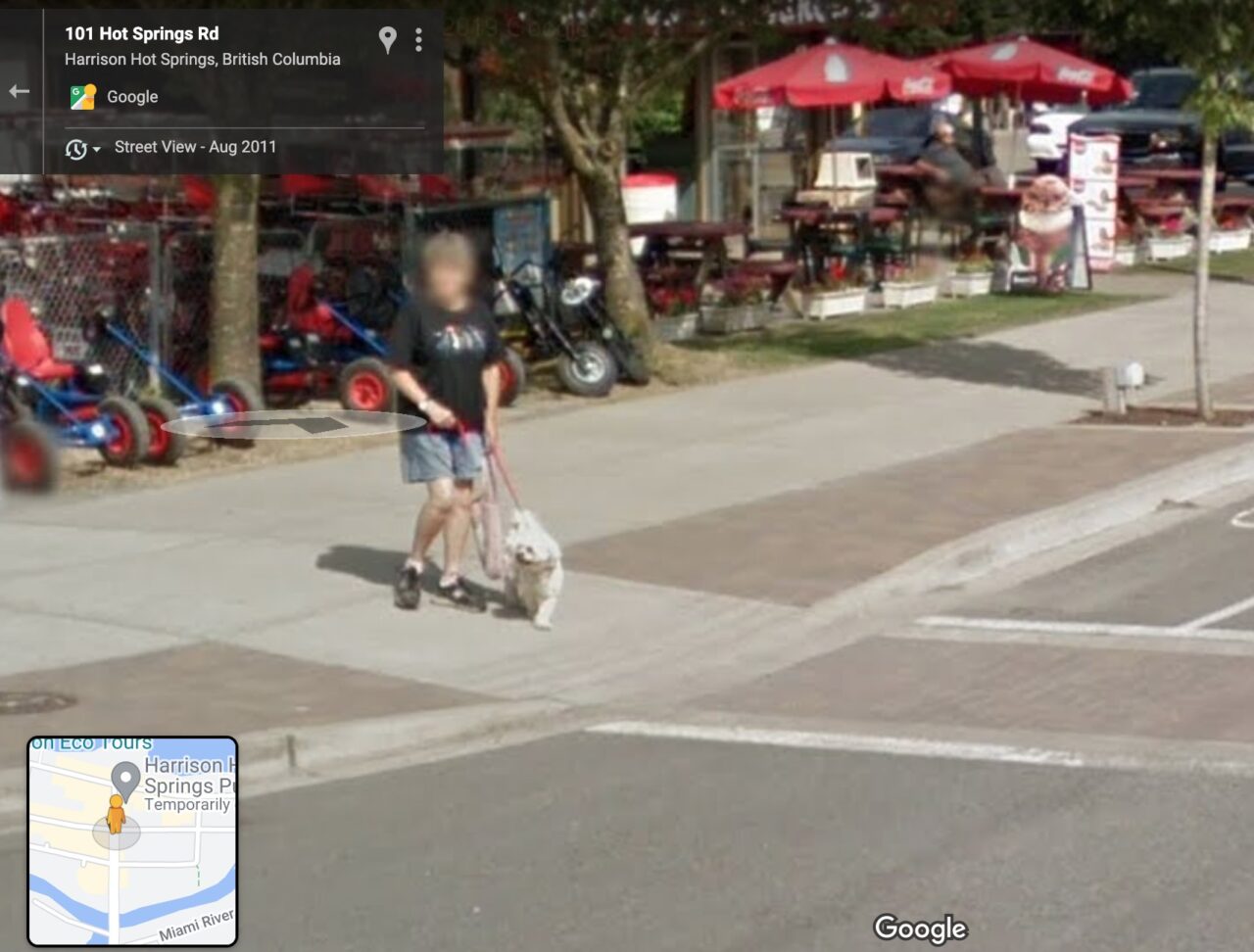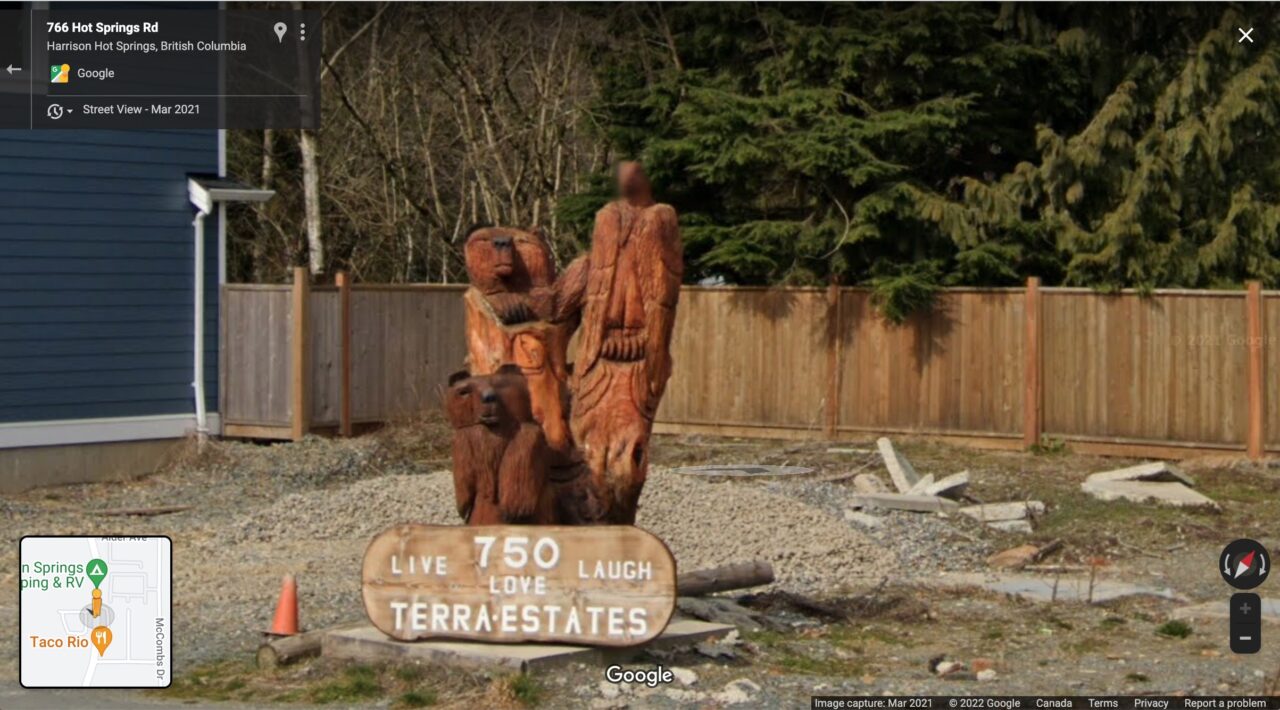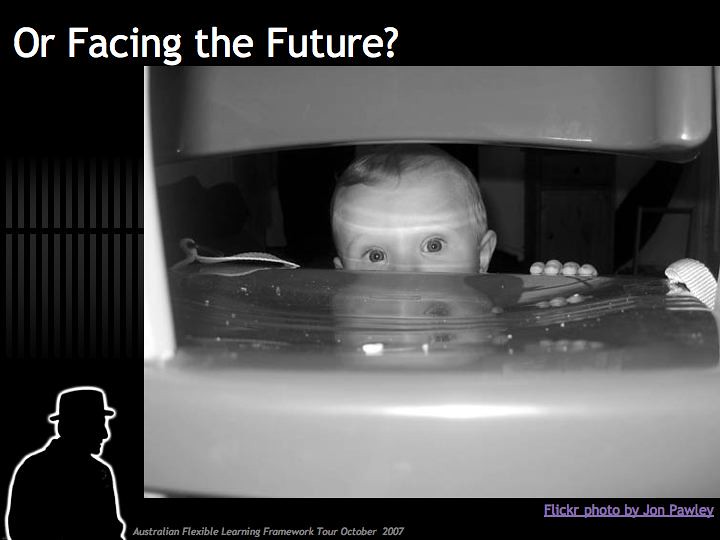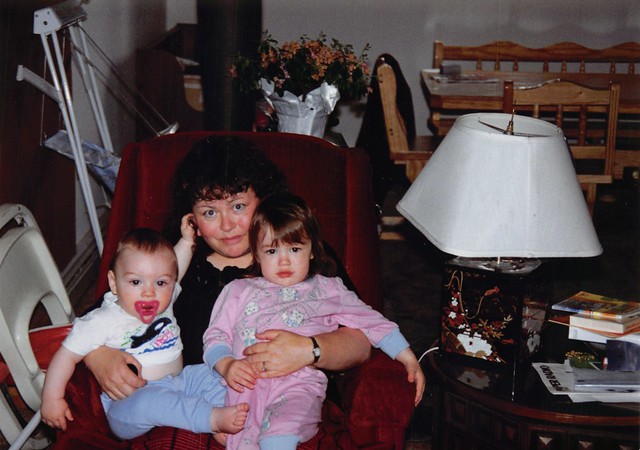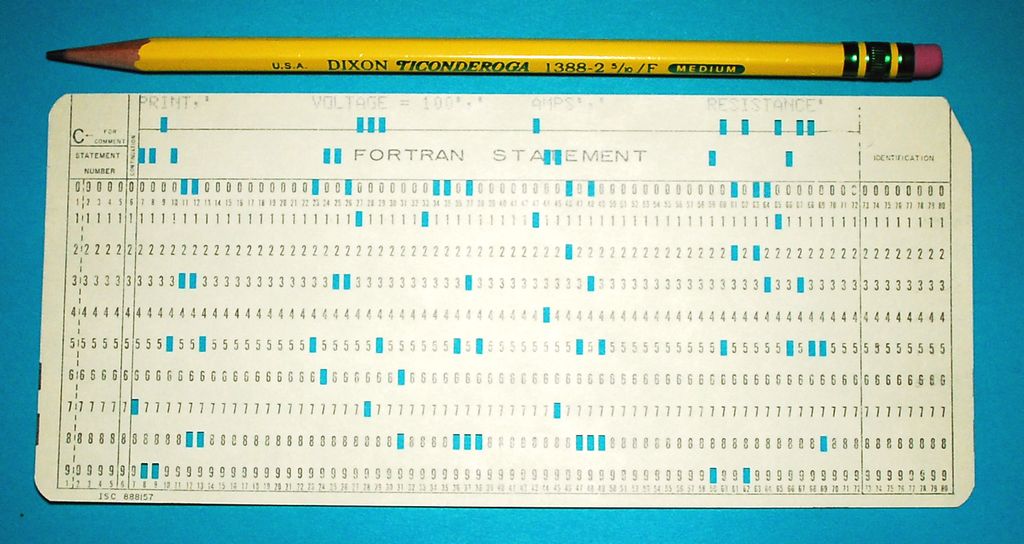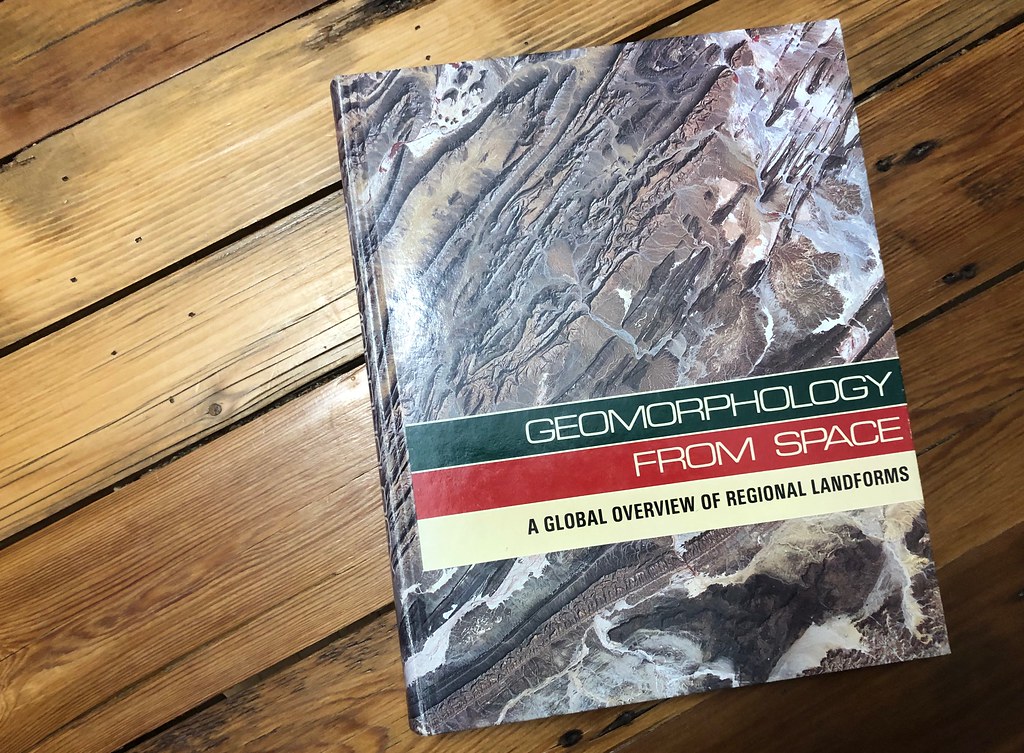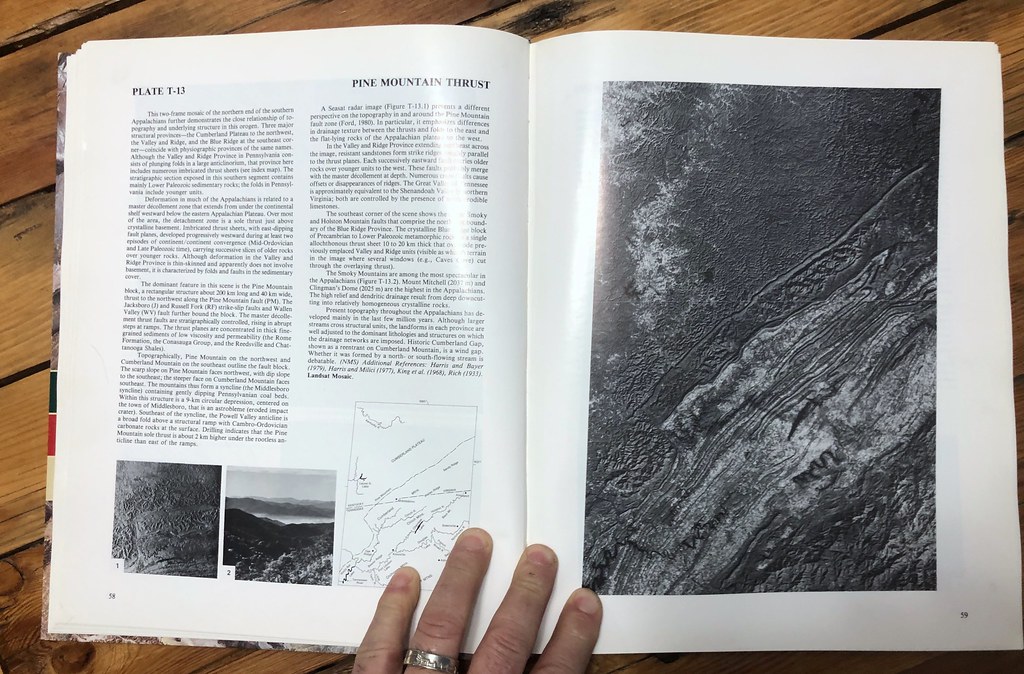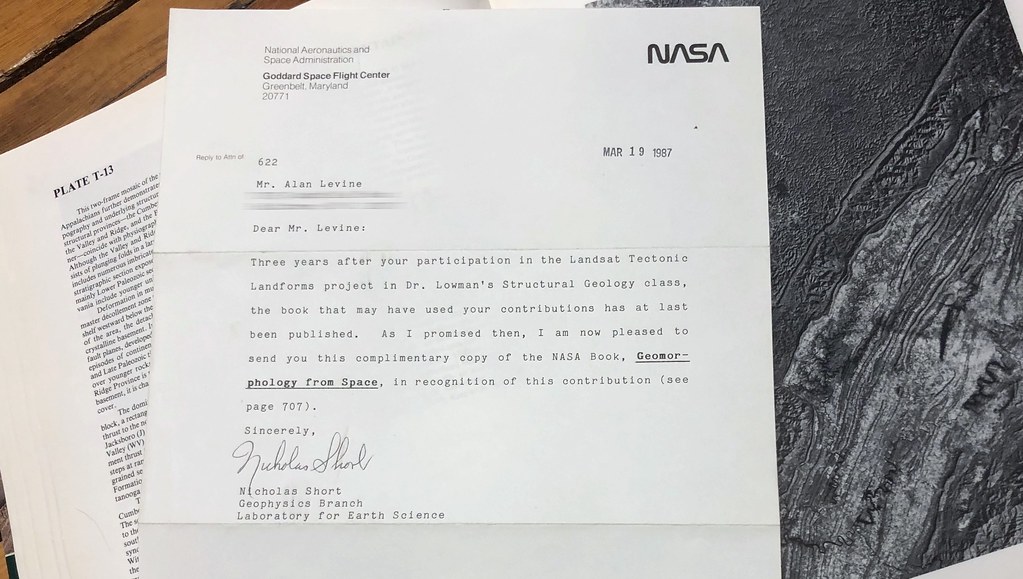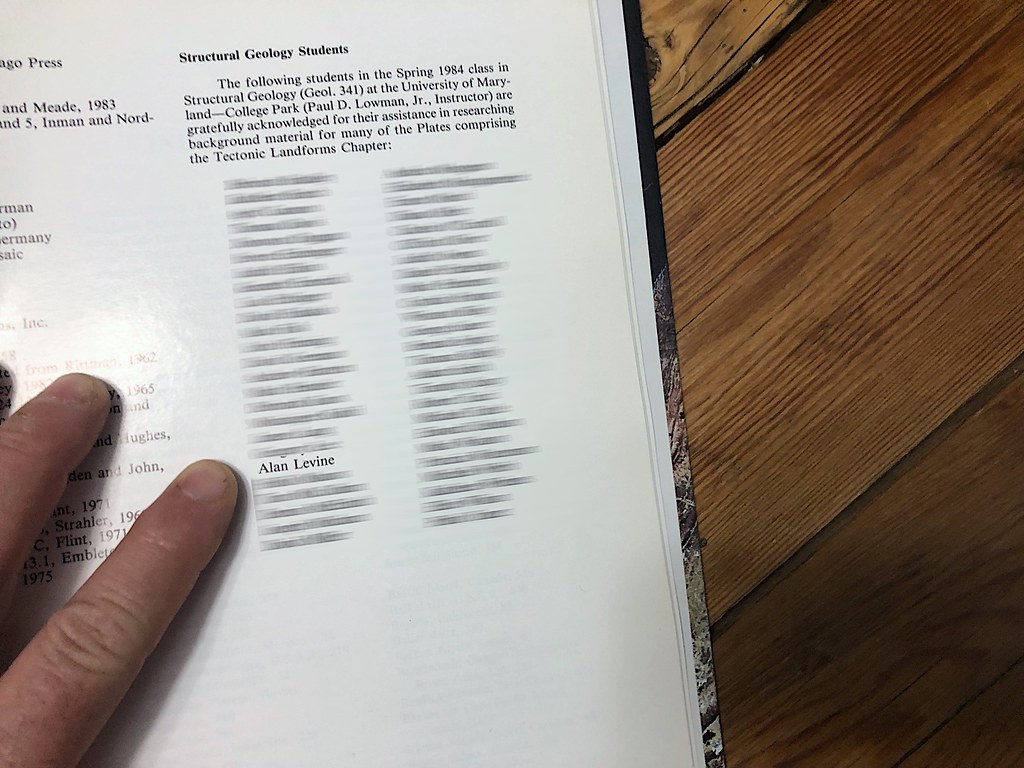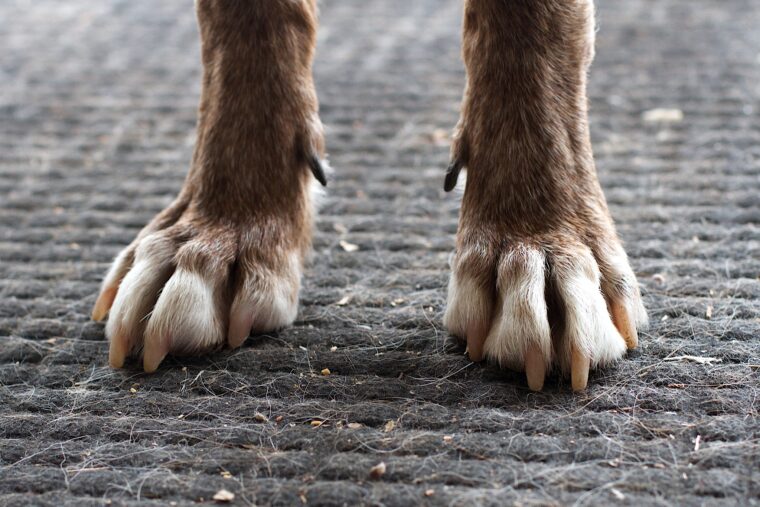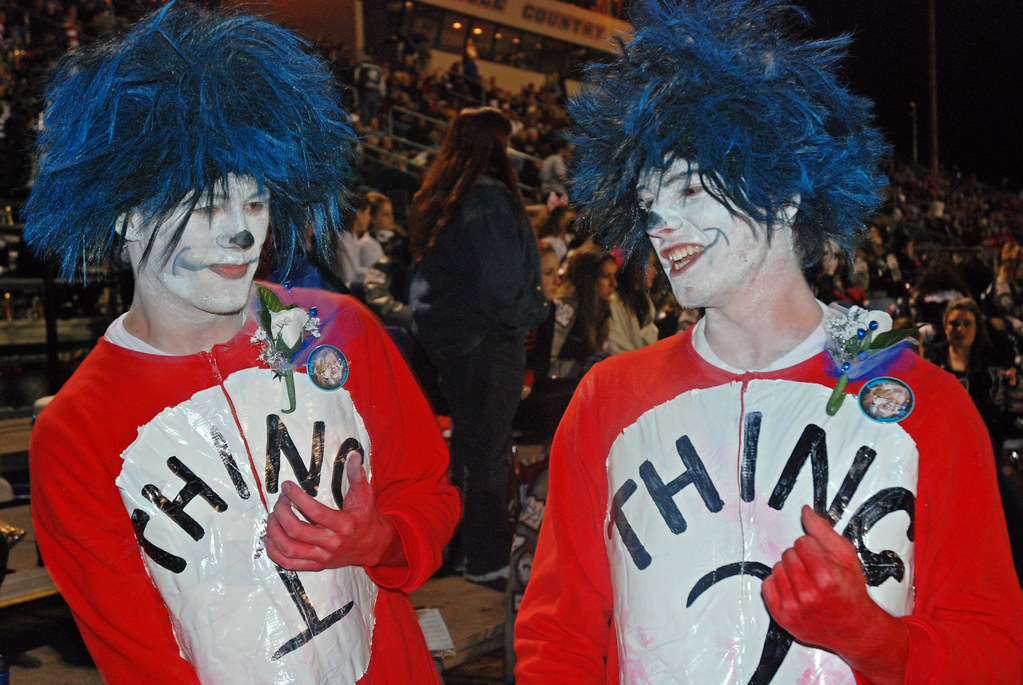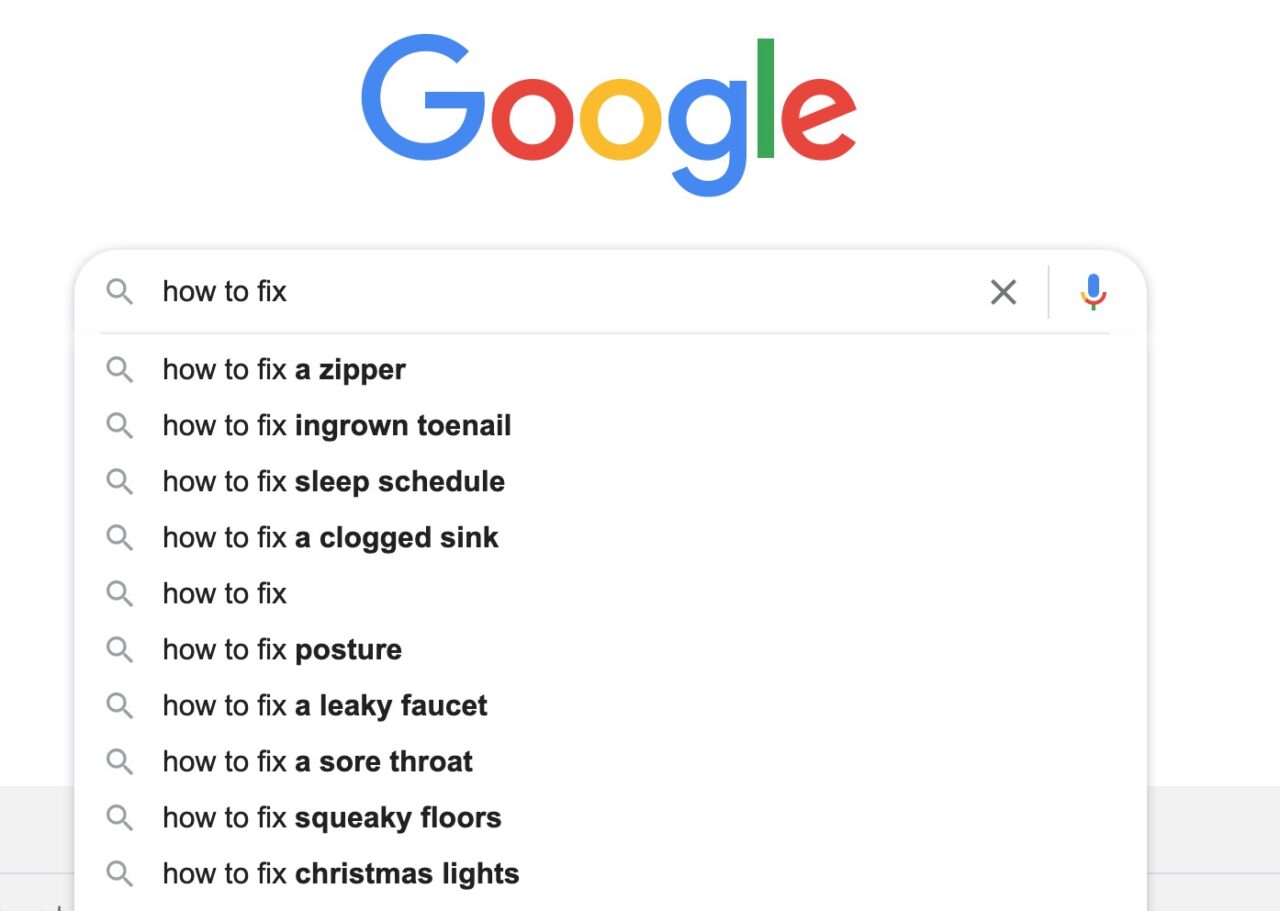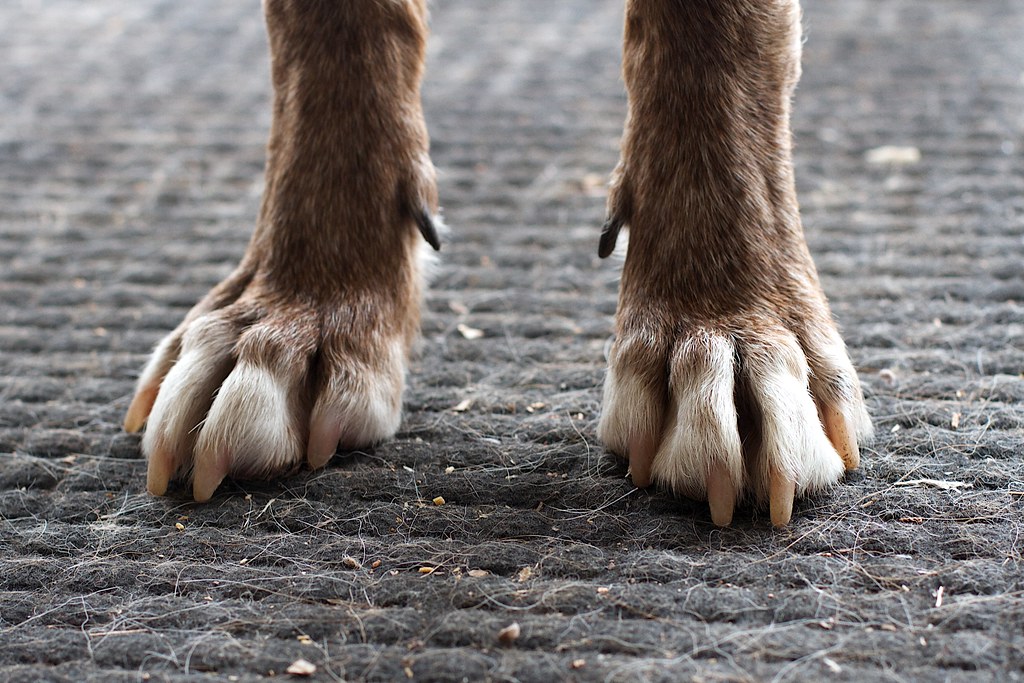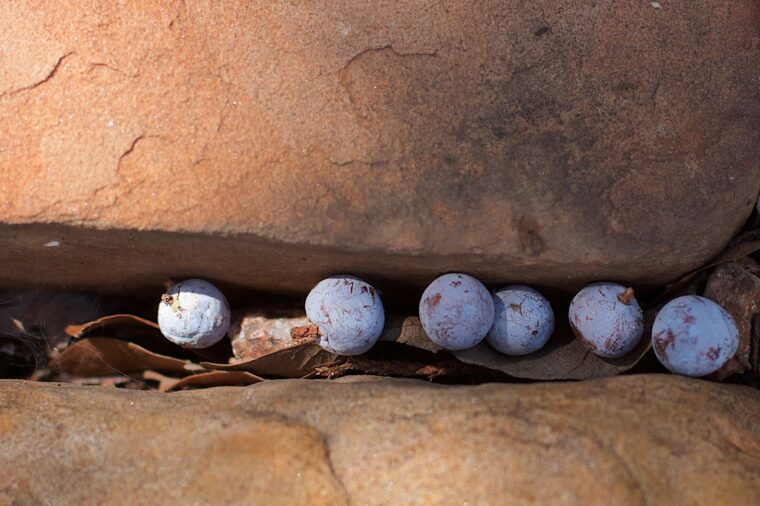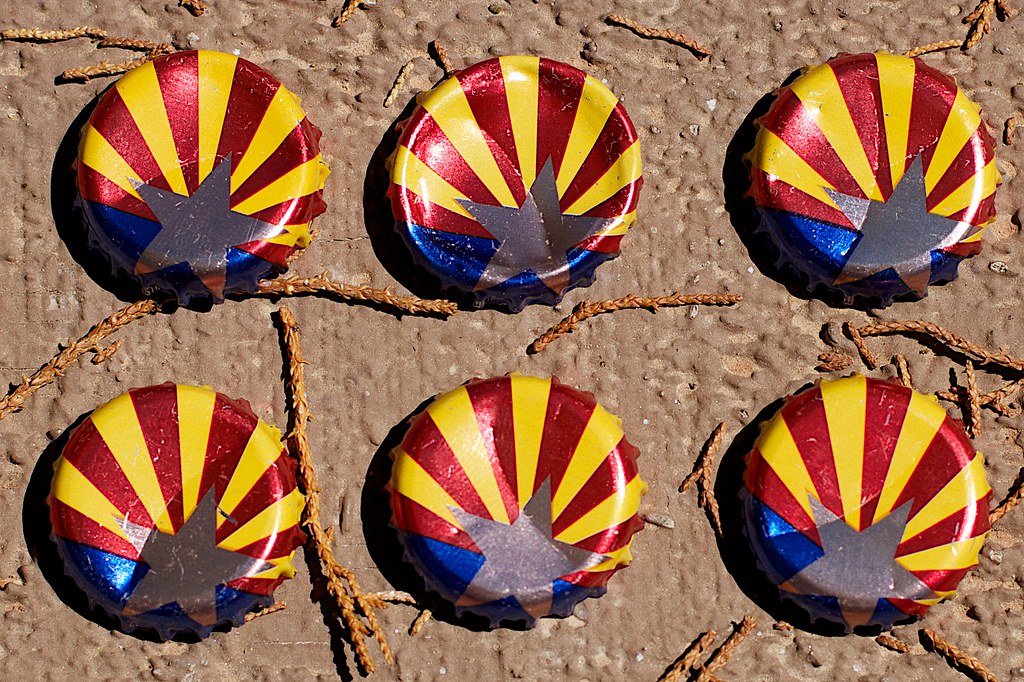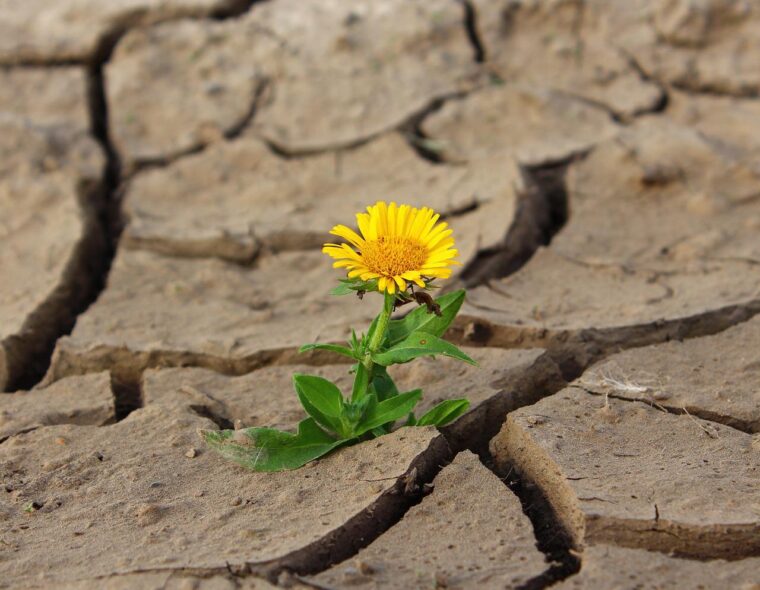
With time and the accretion of stuff that accumulate from years of tossing things on the web, again and again I stub my toe happily onto very small bits of serendipity that quietly sits there, doing it’s own, unnoticed bit of marvelousity (yes web editor red underline, I made up my own word).
Note: This is a last installment in my participation in the 2022 Write 6×6 Challenge, where has the weeks gone? But hardly the last blog post here, hope the other 6ers keep going.
I have been in the twitters and here on the blog doing semi regular bit of web yodeling for my collection of web serendipty stories.
This one here is not quite in the vein, but it resonates more with what I find many people miss about this. And that a story is not just “this happened, here’s the tweet”. The story is all context that surrounds it and also a telling that gets at to some kind of emotional level. It’s not Joe Friday imploring, “Just the story facts, ma’am.”
Actually I was flitting around trying to find a topic for his post, looking through a few browser tabs that have been sitting there long enough to be showing web dust. One was my own photo that I had plans to use for a new post, and it was sitting in the tab so long, I forgot what the post was about.
I think I was trying to recruit volunteers to take over a recurring (fun) web task. Maybe I do remember, But that’s not this post. Sure Unsplash is full of photos that look so professionally perfect and so like all the others there, that I often look for things in my own flickr pile first. I probably searched on “help wanted” and found this image:
It’s a job advertisement from a New Zealand newspaper, that alone hints at the antiquity of the photo (November 2004). That time ripples off the memory cells and clicks that that was maybe the 2nd of 3 times my colleague Richard Elliot in Auckland had found a way to invite me to his institution (UNITEC) to do some workshops and visits.
That alone, a point in time and a location trigger a whole stream of connective pieces. That’s why I think that the A in AI is the bigger factor in making sense of Artificial Intelligence. I guess I was being intrigued by the names of jobs, an “All Rounder” needed for a bakery.
I did not have (or maybe just did not use) online dictionaries, I can easily now find it’s not a reference to the cricket position but I did a fair job of inference in my caption to the photo:
Funny names for “help wanted” ads- I guess this is for an “all around” worker?
https://flickr.com/photos/cogdog/1279464
The camera information on my photo sends more associative trails- flickr reminds me I took the photo with an Olympus C4040Z maybe my first personal digital camera? I remember that I had access to one at my work at the Maricopa Center for Learning and Instruction (for the MCLI still around, now the I stands for Innovation) and I ended up buying one for my personal use.
Adjacent photos indicate I was intrigued by the Kiwi job titles – Panel beaters and Paper Runners are all very descriptive of the work.
But going back to the All Rounders photo, I spotted a comment:
Hi – Borrowed your photo to illustrate a blog post which asks where’s the green job revolution, that was promised as Thanet off-shore wind farm goes live in the UK amidst figures that only 20% of the 900 million spent went to UK companies.
(there now I’ve gone and spoilt the plot!)
Thanks for sharing your photo – very keenly observed.
Cheers – Jonathan.p.s here’s a link to your photo in situ:
https://www.flickr.com/photos/cogdog/1279464/#comment72157625071500986
http://solarpanelquoter.blogspot.com/2010/10/congratulations-to-thanet-but-wheres.html
I would have seen this… 12 years ago when the comment was added! That seems almost surreal that a web sie would be around long enough to keep ancient comments alive. But better yet, that blog link to the Solar Panel Quoter blog is still alive (alas they gave up the blog posting in 2014, last new post).
It was a nice find for me as over the last maybe 6 years I have been tracking known reuses of my flickr photos in an album, and the All Rounder photo needed to be added.
So it took me 11+ years to respond to the comment but I did
Ha! It only took me 11 years to see your note of reuse, thanks, and its a welcome relief that your post is still alive. I hope the green revolution finally got “’round” to it
https://www.flickr.com/photos/cogdog/1279464/#comment72157720131431500
I guess they last bit if interesting finds in this flickr photo is, woah, this little silly thing has been seen 7,683 times!
This is hardly a crowning post in the realm of blogging, but to me it’s all these little threads and memory jogs that can come from a tiny little quiet corner of the internet that gives me a good feeling about things.
The little things and the mind ripples they can generate, that is much more exciting to me than cryptocurrency and the metawurst.
Featured Image: My Google Images search for “tiny flower cracks” (with results set o Creative Commons license only) yielded a result from pxfuel – from experience I know that sites like that just yank from the source sites, so I went upstream to locate the original image from Pixabay by klimkin. I always try to not just grab free photo but get them from a place where I can give credit, even if a license says I do not have to.

